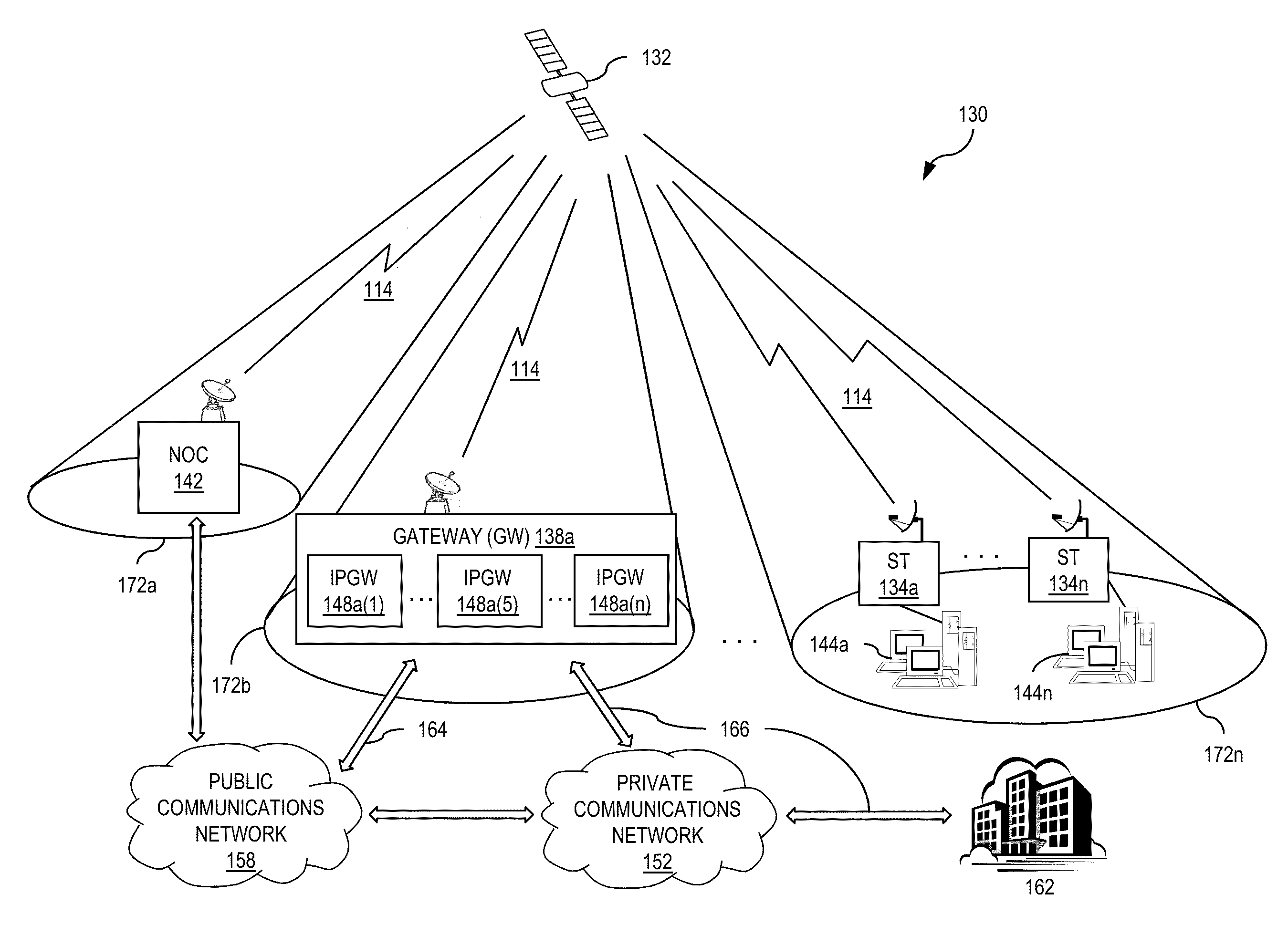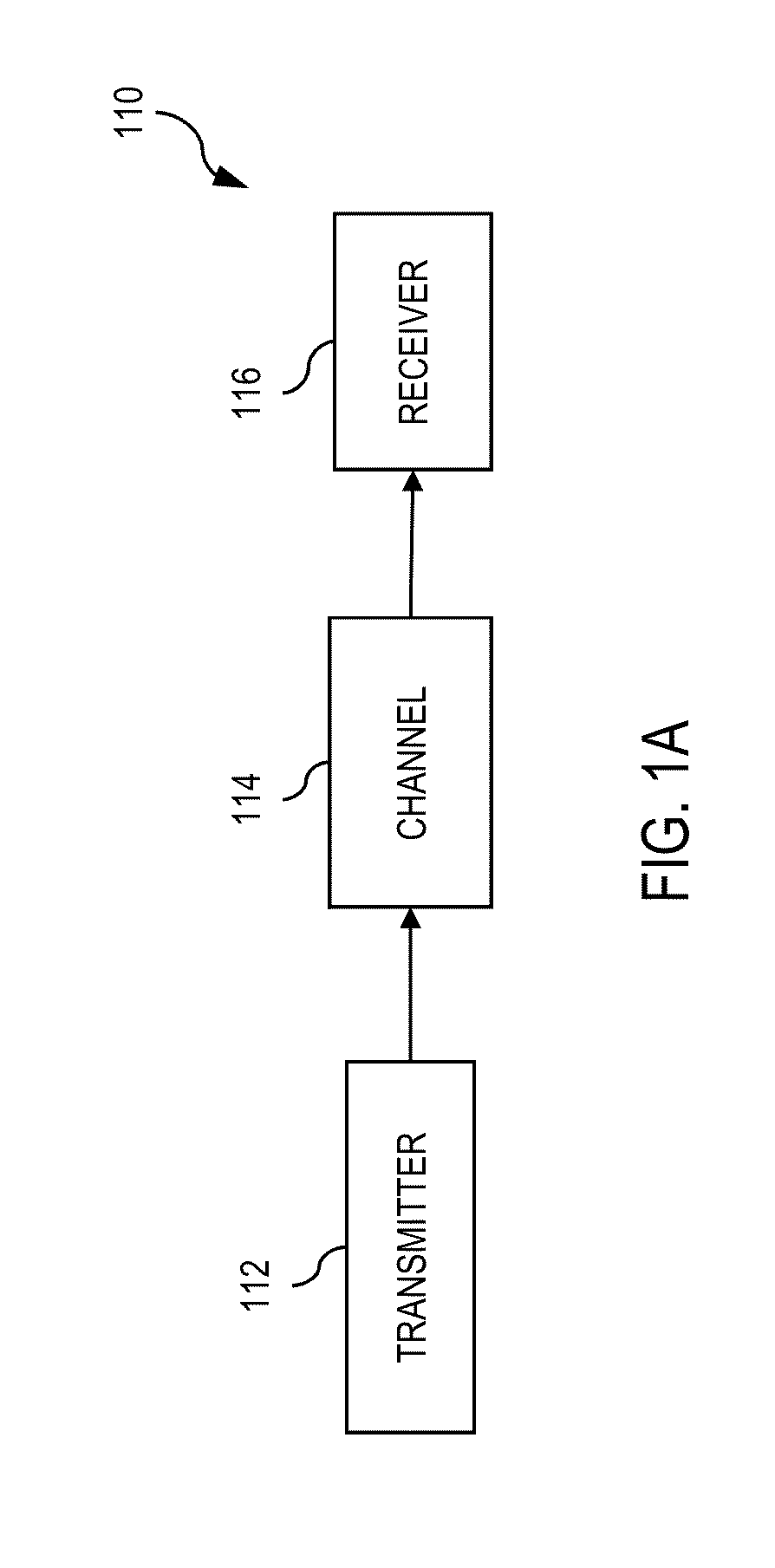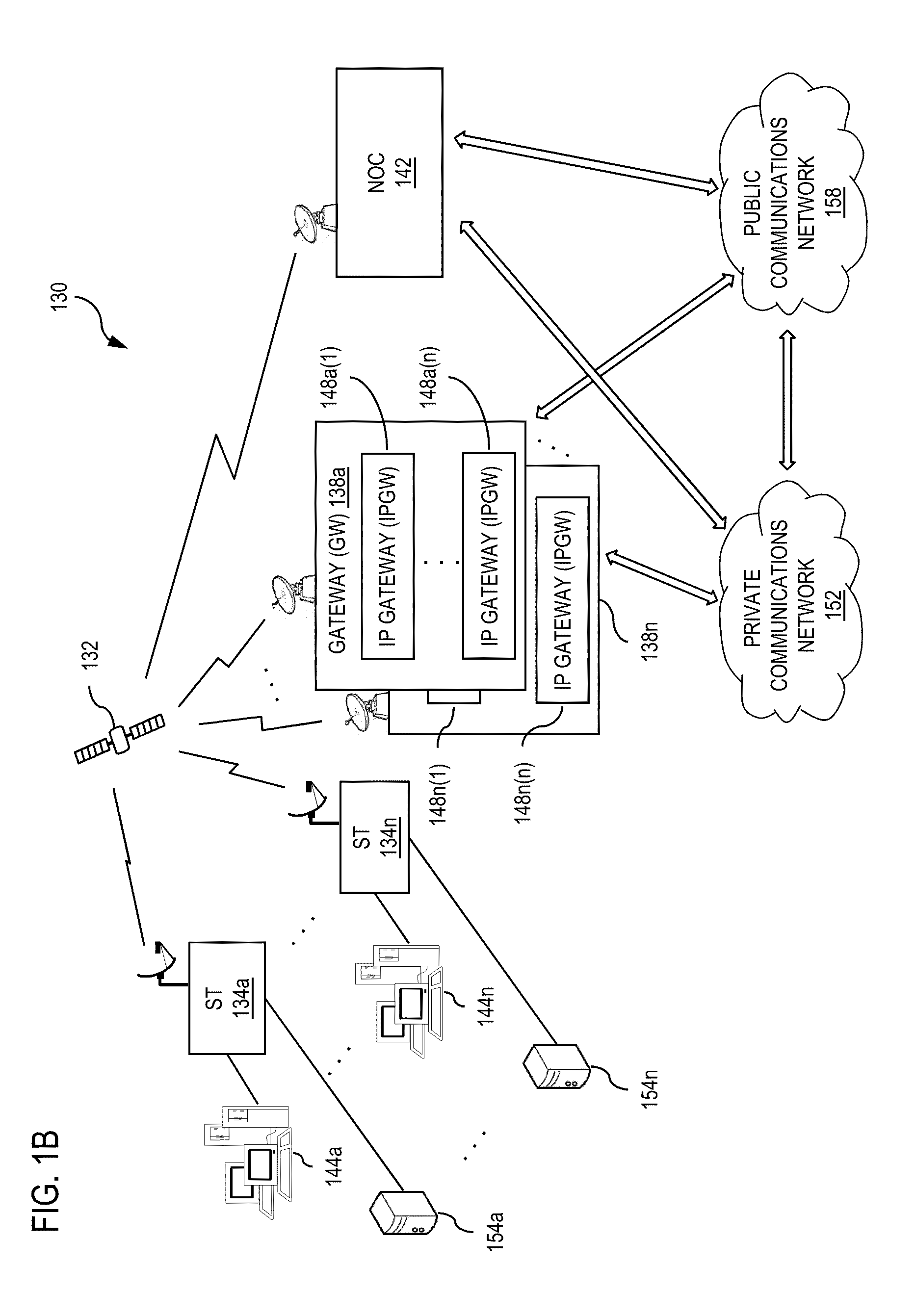Apparatus and method for staged traffic classification among terminal and aggregation nodes of a broadband communications system
a technology of broadband communications system and terminal, applied in data switching networks, frequency-division multiplexes, instruments, etc., can solve problems such as traffic congestion, negative effects, and reduced traffic forecast accuracy
- Summary
- Abstract
- Description
- Claims
- Application Information
AI Technical Summary
Benefits of technology
Problems solved by technology
Method used
Image
Examples
Embodiment Construction
[0008]The present invention advantageously addresses the foregoing requirements and needs, as well as others, by providing a system architecture and methods for data traffic classification, which meets QoS and other bandwidth requirements, providing for efficient, robust, reliable and flexible broadband services in broadband communications systems.
[0009]According, to exemplary embodiments, the present systems and methods for traffic classification address the various issues in current systems by providing for a relatively immediate initial classification of data traffic within a traffic flow using multi-field (MF) and DiffServ classification techniques at the remote node of the communications network, at which a traffic flow or data communication is initiated. For example, according to one exemplary embodiment, the remote node sets a traffic classification or priority based on information learned from a first number of packets of a session, and subsequently maintains or adjusts the ...
PUM
 Login to View More
Login to View More Abstract
Description
Claims
Application Information
 Login to View More
Login to View More - R&D
- Intellectual Property
- Life Sciences
- Materials
- Tech Scout
- Unparalleled Data Quality
- Higher Quality Content
- 60% Fewer Hallucinations
Browse by: Latest US Patents, China's latest patents, Technical Efficacy Thesaurus, Application Domain, Technology Topic, Popular Technical Reports.
© 2025 PatSnap. All rights reserved.Legal|Privacy policy|Modern Slavery Act Transparency Statement|Sitemap|About US| Contact US: help@patsnap.com



